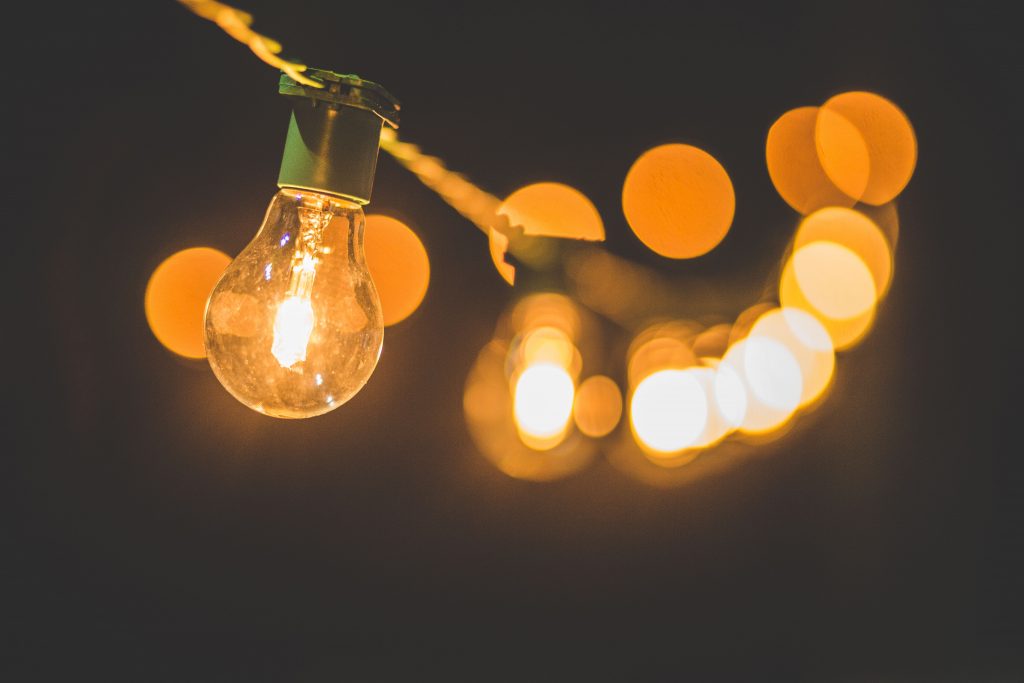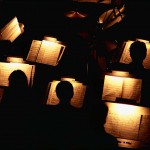Writing Coach Insights: Qualities of Light

Learning to Notice
Learning to write is largely about remembering how to notice the world around us–to re-awaken our senses to our own experiences. In order to write well, we have to be specific–use sensory details–to convey events and imagery in a compelling way. Usually, by the time we’ve experienced a good stretch of life–say, 12 years or so, we’ve developed mental filters that screen out a large portion of what we see, hear, taste, touch.
Falling Asleep
Kids talk a lot and ask a lot of questions because they notice everything. As adults, most of us rarely notice the weeds sprouting around the base of the mailbox, the cracks in the sidewalk, the shapes of clouds. We come to expect the warm water of the shower and thus take little note of the sensation when it washes over our bodies. We no longer hear the tone of the bell in the car telling us to turn off the headlights. We screen out the sounds of our children playing in the next room. We fall partially asleep.
Waking Up
How do we wake ourselves up? First, we must become aware once again of our own senses and their capability to experience nuances, to notice the smallest distinctions between one thing and the next.
My Teacher
My most powerful lesson in this idea was not part of a writing class. It was in “Expression and Innovation in Film and Video,” taught by Ken Jacobs my sophomore year of college. This lesson involved, of all things, a flick of a light switch and a metal door swung open.
The lecture hall where the class was held was specifically designed to keep out extraneous light. The walls were painted black. There were no windows, and what openings there were—two doors, one an entrance at the top of the room opposite the screen, and one an exit on the bottom left—were sealed tightly to prevent light from leaking in around the edges. The overhead incandescent fixtures were kept dim when they were turned on at all. Seldom-used florescent lights hung there as well. At the foot of a few rows of tiered seating, Ken stood to the right of the metal exit door. This door opened into a maze of concrete hallways, which were perpetually lit by bare bulbs. The building itself, dubbed, blandly enough, “The Lecture Hall,” was circular, with classrooms of varying sizes huddled around the middle. Amid the hallways at the building’s center were a few windowless rooms where students edited films or screened and critiqued the work of classmates.
The day of that memorable lesson, Ken seemed frustrated, as he often did, which made me admire him all the more; always, I felt a sense of urgency in his teaching, as if he were on a mission to save us, to awaken us to something desperately important. Some people had signed up for the class only because they’d thought it would be an easy way to fulfill some requirement. What that class really offered, however, was an opportunity transform one’s perception of the world.




Different qualities of light
Ken was speaking about the quality of light. He was saying something like, “Light varies. Each kind of light gives the observer a different and unique experience.” Then, he stopped speaking. He turned out the lights. Complete darkness. “Look up,” he said. Flick–he turned on the florescent fixtures–cold light blazed momentarily, stunning my retinas–then, before I could squint, darkness again.
Ken ordered, “Look forward.” He shoved open the door to his right. A metallic clunk, then a rectangle of light in darkness. Inside the hall, a hidden light source cast brightly on concrete. Those in the row in front of me: turned toward the light, faces bright, the backs of their heads deeply shadowed. As the door swung shut, the rectangle collapsed, the band of light narrowed and softened into a band at the bottom of the door, and then, as the door sealed, darkness again.
I got the point. I don’t remember what Ken said after that, but I remember tears forming in my eyes. Why? I don’t think in that moment I knew the exact reason. Thinking back, I know that I was struck with the realization that beauty of all kinds was around me and had always been around me. I was only then beginning to awaken to it.
Boundless Creativity
By “beauty,” I don’t only mean typically beautiful things–roses and rainbows and the like. There’s an inherent beauty, I think, in the nuances between one thing and another–one form of light and another, the sound of one note and another, the mood of one room and another. I think it’s those nuances that imply–or, stronger perhaps, contain–the presence of the infinite—endless variety, boundless creativity, limitless possibility.
Contact me to learn more about how writing can awaken your perceptions.
Photo by Luis Tosta







